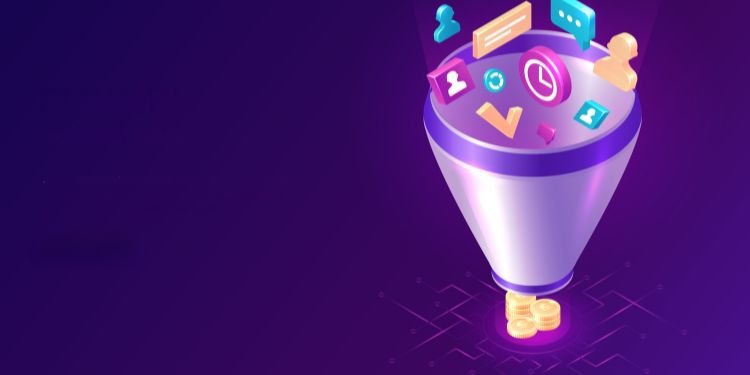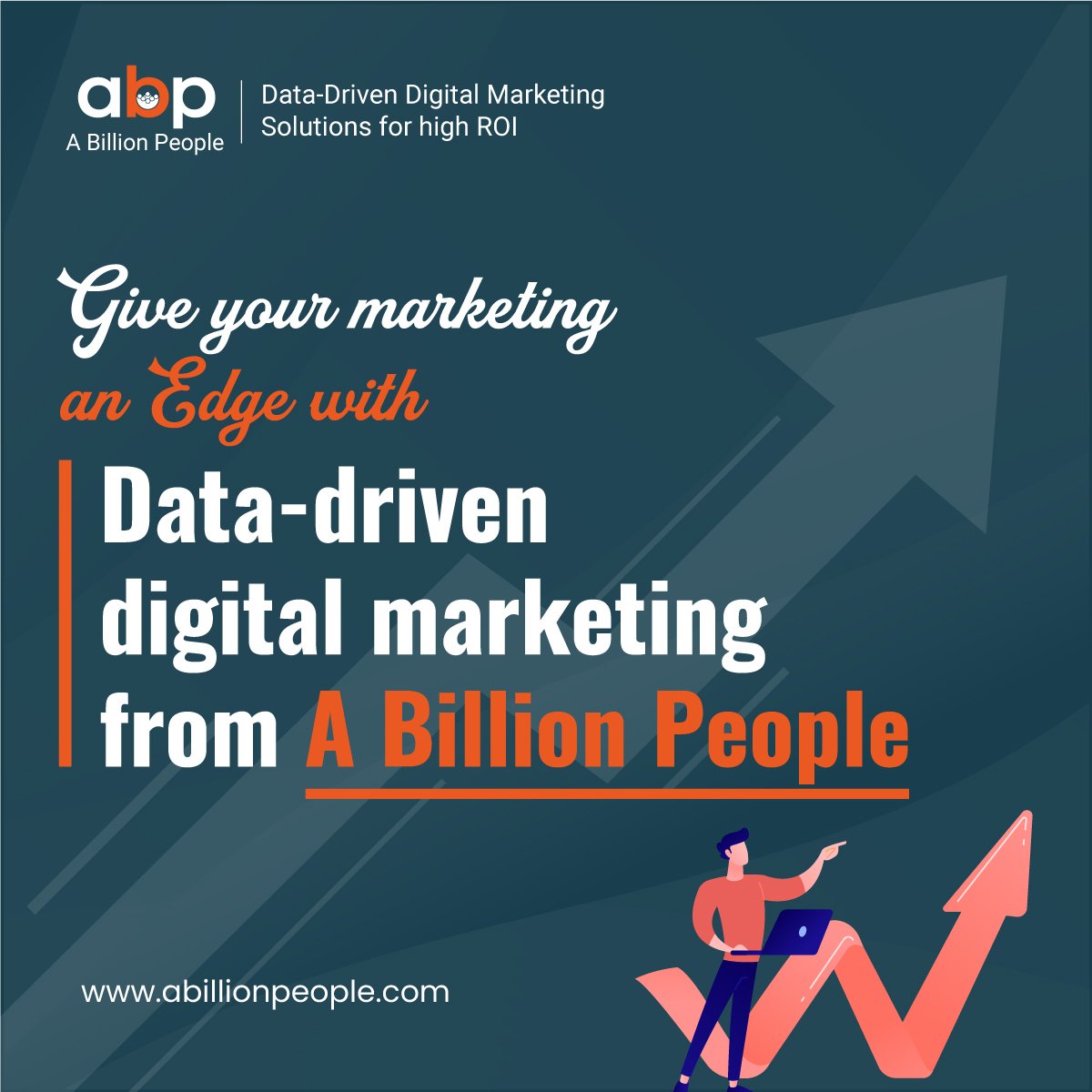“The best way to predict the future is to create it.” – Peter Drucker
Introduction
In the ever-evolving world of digital marketing, programmatic advertising has emerged as a pivotal force, transforming how businesses approach ad campaigns. As digital landscapes become more intricate, marketers are increasingly relying on programmatic advertising to enhance efficiency and deliver highly personalized content. This blog will delve into how automation and personalization within programmatic advertising are revolutionizing sales strategies, optimizing advertising spend, and improving customer experiences.
Programmatic advertising harnesses technology and algorithms to automate the buying and selling of digital ad space. This method contrasts sharply with traditional ad buying, which often involves manual processes and negotiations. By using automated systems to purchase ad inventory in real-time, programmatic advertising offers superior efficiency, targeting precision, and cost-effectiveness.
In the sales domain, programmatic advertising represents a fundamental shift in connecting with target audiences. Through automation and personalization, businesses can ensure their messages reach the right individuals at the optimal moment, driving higher conversion rates and maximizing return on investment (ROI).
Understanding Programmatic Advertising
What is Programmatic Advertising?
At its core, programmatic advertising utilizes software and algorithms to automate the purchasing of digital ad space. This process occurs in real-time through ad exchanges, where advertisers bid on available ad impressions. Unlike traditional methods that rely on manual negotiations, programmatic advertising’s automated approach streamlines ad placements, making the buying process more efficient and responsive.
Ad exchanges are digital marketplaces where buyers and sellers of ad space meet. Advertisers use programmatic platforms to place bids on ad impressions, and the system automatically selects the highest bid for each impression. This process ensures that ads are displayed to users who are most likely to be interested, optimizing both ad placement and cost.
The Role of Data
Data is the cornerstone of programmatic advertising. By analysing various data points such as user behaviour, preferences, and demographics, programmatic platforms can deliver highly targeted ads. This data-driven approach allows advertisers to craft messages tailored to specific audience segments, thereby enhancing ad relevance and increasing the likelihood of user engagement.
Data sources for programmatic advertising include first-party data (collected directly from users), second-party data (shared by partners), and third-party data (gathered from external sources). By integrating these data types, advertisers can build comprehensive audience profiles and deliver more personalized ad experiences.
Real-Time Bidding (RTB)
Real-Time Bidding (RTB) is a crucial element of programmatic advertising. It enables advertisers to bid on individual ad impressions as they become available, in real-time. RTB ensures that ads are shown to users who are most likely to be interested, based on their browsing history, demographics, and other relevant data.
The RTB process involves several key steps:
- Bid Request: When a user visits a webpage, an ad request is sent to an ad exchange.
- Bid Evaluation: Advertisers evaluate the request based on the user’s data and determine how much they are willing to pay for the impression.
- Bid Submission: Advertisers submit their bids, and the highest bid wins the impression.
- Ad Serving: The winning ad is served to the user, and the ad spend is deducted from the advertiser’s budget.
RTB enhances efficiency by ensuring that ad spend is allocated to the most relevant impressions, reducing wasted ad spend and improving campaign performance.
The Benefits of Automation in Programmatic Advertising
Increased Efficiency
Automation is one of the most significant advantages of programmatic advertising. By automating the ad buying process, programmatic advertising eliminates the need for manual negotiations and streamlines campaign management. This efficiency allows marketers to focus on strategic planning rather than operational tasks.
Automated systems handle complex functions such as audience segmentation, ad placement, and performance tracking. This automation not only speeds up the ad buying process but also reduces the potential for human error, leading to more effective campaigns.
Enhanced Targeting
Automation enhances targeting by leveraging data to identify and reach specific audience segments. With programmatic advertising, marketers can create highly targeted campaigns based on various factors, including user behaviour, location, device type, and more.
For example, if a user frequently searches for fitness-related content, programmatic advertising can target them with ads for workout gear or gym memberships. This precise targeting ensures that ads are shown to individuals who are most likely to be interested in the product or service, thereby increasing the chances of conversion.
Cost-Effectiveness
Programmatic advertising offers cost-effectiveness through its automated nature and real-time bidding. By optimizing ad spend and reducing wasted impressions, advertisers can achieve better results within their budget. The ability to adjust bids and budgets in real-time provides greater control over ad spend and campaign performance.
Programmatic platforms also enable advertisers to set specific goals and allocate budgets accordingly. This flexibility ensures that ad spend is used efficiently, leading to improved ROI and more effective use of marketing resources.
Personalization in Programmatic Advertising
The Power of Personalization
Personalization is central to programmatic advertising. By tailoring ads to individual users based on their preferences and behaviour, marketers can create more engaging and relevant experiences. Personalized ads are more likely to capture attention and drive action, leading to higher conversion rates and improved ROI.
Personalization involves using data to understand user preferences and deliver ads that align with their interests. For instance, if a user frequently browses travel websites, they may receive ads for vacation packages or travel accessories. This relevance enhances user engagement and increases the likelihood of a positive response.
Dynamic Creative Optimization (DCO)
Dynamic Creative Optimization (DCO) is a technique used in programmatic advertising to deliver personalized ad creatives. DCO involves creating multiple variations of an ad and dynamically selecting the most relevant version based on user data.
For example, a retailer might use DCO to display different product recommendations based on a user’s browsing history. If a user has shown interest in sportswear, the ad might feature athletic clothing, while another user interested in casual wear will see ads for everyday clothing. This dynamic approach ensures that users receive ads tailored to their specific interests, increasing the likelihood of engagement and conversion.
Retargeting and Remarketing
Retargeting and remarketing are powerful personalization techniques in programmatic advertising. These strategies involve targeting users who have previously interacted with a brand or visited a website.
Retargeting focuses on users who have visited a website but did not complete a purchase. By showing relevant ads to these users, marketers can remind them of the products they viewed and encourage them to return and complete the transaction. Remarketing, on the other hand, targets users who have previously made a purchase, with the goal of re-engaging them for additional sales or loyalty programs.
The Impact of Programmatic Advertising on Sales
Improving Conversion Rates
Programmatic advertising’s ability to deliver highly targeted and personalized ads significantly impacts conversion rates. By reaching users with relevant messages at the right time, advertisers can increase the likelihood of conversions and drive more sales.
The data-driven nature of programmatic advertising allows for continuous optimization of campaigns. Advertisers can monitor performance metrics and make real-time adjustments to improve results. This iterative process ensures that campaigns are always performing at their best, leading to higher conversion rates.
Enhancing Customer Experience
Personalization in programmatic advertising enhances the overall customer experience by delivering relevant and engaging content. Users are more likely to respond positively to ads that align with their interests and needs.
A positive customer experience can lead to increased brand loyalty and positive word-of-mouth. When users receive ads that resonate with their preferences, they are more likely to view the brand favorably and recommend it to others. This improved experience can drive repeat business and long-term customer relationships.
Optimizing Ad Spend
Programmatic advertising helps businesses optimize their ad spend by focusing resources on the most effective channels and audience segments. Real-time bidding and data-driven insights enable marketers to allocate their budgets more efficiently, ensuring that every dollar spent contributes to achieving campaign goals.
By analyzing performance data and adjusting bids in real-time, marketers can ensure that their ad spend is used effectively. This optimization leads to better ROI and more effective use of marketing resources.
Challenges and Considerations in Programmatic Advertising
Privacy Concerns
As programmatic advertising relies heavily on data, privacy concerns are a significant issue. Users are increasingly aware of how their data is used, and there are growing demands for greater transparency and control over personal information.
Advertisers must navigate these concerns by adhering to data protection regulations, such as GDPR and CCPA, and being transparent about data collection practices. Providing users with clear information about data usage and offering opt-out options can help build trust and address privacy concerns.
Ad Fraud
Ad fraud is another challenge associated with programmatic advertising. Fraudulent activities, such as bot traffic and fake impressions, can undermine the effectiveness of campaigns and lead to wasted ad spend.
To combat ad fraud, marketers should work with reputable ad exchanges and employ fraud detection technologies. Implementing measures such as traffic verification and anomaly detection can help identify and prevent fraudulent activities, ensuring that ad spend is used effectively.
Complexity
The complexity of programmatic advertising can be overwhelming for some marketers. With numerous platforms, technologies, and data sources involved, managing and optimizing campaigns effectively can be challenging.
Marketers need to invest in education and training to navigate this complexity. Understanding the various components of programmatic advertising and staying informed about industry trends can help marketers leverage programmatic advertising to its full potential.
Conclusion
Programmatic advertising represents a significant advancement in digital marketing, offering unprecedented levels of automation and personalization. By leveraging data-driven insights and real-time bidding, businesses can create highly targeted campaigns that drive conversions, enhance customer experiences, and optimize ad spend.
However, programmatic advertising also presents challenges, including privacy concerns and ad fraud. By staying informed and adopting best practices, marketers can harness the power of programmatic advertising to achieve their sales goals and stay ahead in an increasingly competitive landscape. Embracing the innovations of programmatic advertising allows businesses to shape their future in the digital world and drive success in their marketing efforts.


















